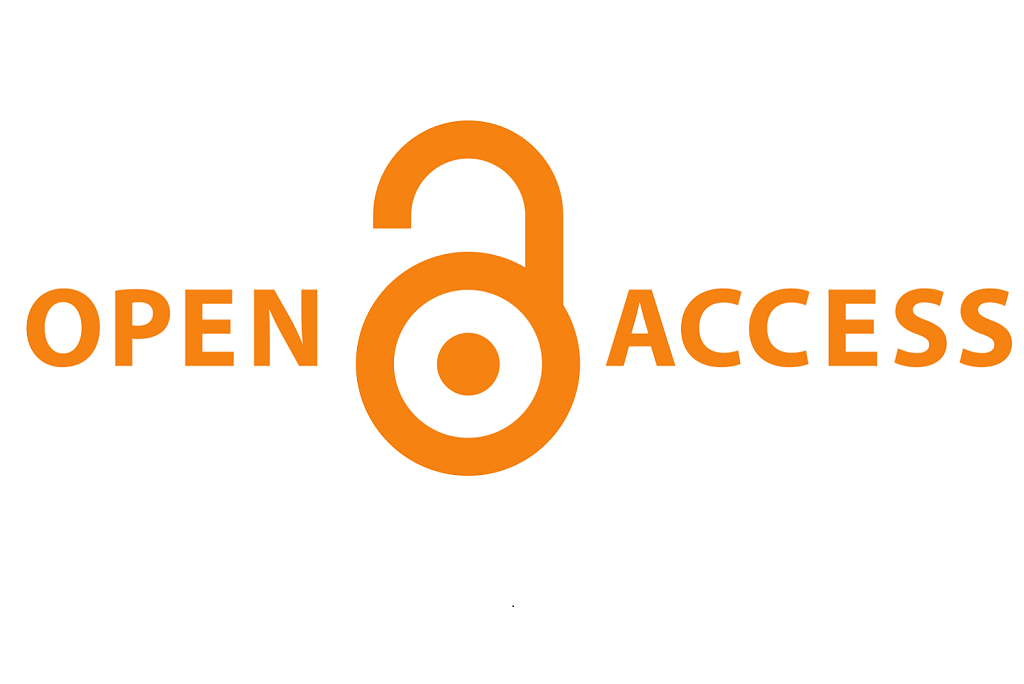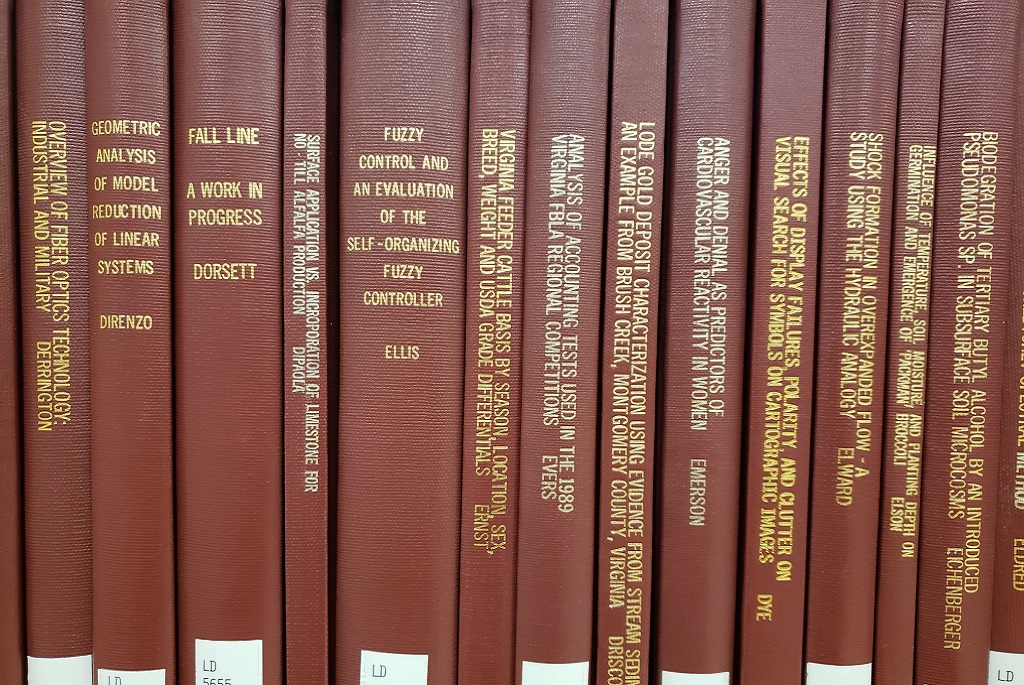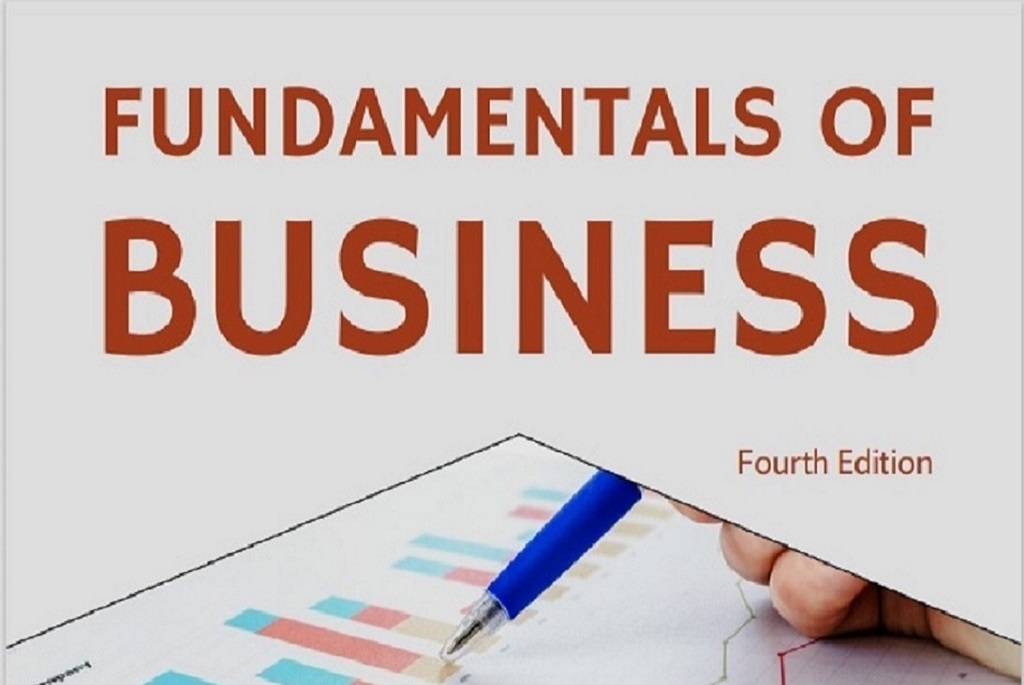VTechWorks
VTechWorks provides global access to Virginia Tech scholarship, including journal articles, books, theses, dissertations, conference papers, slide presentations, technical reports, working papers, administrative documents, videos, images, and more by faculty, students, and staff. Faculty can deposit items to VTechWorks from Elements, including journal articles covered by the University open access policy. Email vtechworks@vt.edu for help.
Communities in VTechWorks
Select a community to browse its collections.
Recent Submissions
Monoaminergic Signaling in the Human Brain: New Insights
Hartle, Alec Edward (Virginia Tech, 2025-12-19)
Understanding how neuromodulatory systems cooperate to shape cognitive and behavioral processes remains a central challenge in neuroscience. The monoamines dopamine, serotonin and norepinephrine uniquely contribute to neural computations throughout the forebrain, influencing attention, learning and decision-making. However, resolving these monoaminergic signals at physiologically and behaviorally relevant spatiotemporal scales in the human brain have been constrained by limitations of available techniques. Within this dissertation, I employ a machine learning-enhanced voltammetry (MLEV) technique that can detect sub-second transients of dopamine, serotonin and norepinephrine in the human brain. First, we demonstrate the chemical selectivity of MLEV using optogenetically evoked monoamine release in transgenic mice. We then move away from model organisms and apply MLEV in awake humans while they performed behavioral tasks. In this work, we had subjects play an emotional Stroop task and identified there were differential modulation of monoamines during the presentation of valenced words in the thalamus and anterior cingulate cortex. In a separate experiment, patients with Parkinson's disease or essential tremors played a social reward task. We observed opponency between dopamine and serotonin to positive prediction errors in patients with essential tremor, but not in those with Parkinson's disease. Moreover, patterns of dopaminergic and serotonergic signaling predicted disease state. The work in this dissertation demonstrates that coordinated monoaminergic signaling underlies the computations linking valence and reward processes.
Human-AI Handshaking: Supporting Extreme Sensemaking through Trustworthy Shared Perception
Wilchek, Matthew Ryan (Virginia Tech, 2025-12-19)
Extreme sensemaking occurs when teams of people must build situational awareness in high-stakes, dynamic environments such as search and rescue, military, or security operations. These contexts are marked by uncertainty, fragmented information, and time-critical decisions that stretch human cognitive and physical limits. Artificial intelligence (AI) offers potential assistance, but distributed AI systems that rely on object detection, such as drone swarms, autonomous vehicles, and large-scale sensor networks, face their own challenges, including fluctuating accuracy, false detections, and fragile resilience under real-world dynamics. This dissertation introduces the "Human-AI Handshake", a novel human-AI interaction technique that incorporates human-in-the-loop (HITL) and crowd-in-the-loop (CITL) components to enhance object detection accuracy and shared perception in distributed systems. The Human-AI Handshake addresses core challenges by combining human feedback with AI model performance to mitigate uncertainties and improve trustworthiness. The foundation of the proposed concept comprises four key components: (1) evaluating HITL concepts for improving computer vision accuracy, (2) enhancing shared perception among distributed AI systems to enable better situational awareness, (3) ensuring AI trustworthiness through a synchronized perception trust framework, and (4) interpreting contextual awareness to help AI systems adapt to diverse, real-time scenarios. The technique is tested in extreme sensemaking applications, including augmented reality (AR)-assisted search and rescue, where accurate and reliable object detection is essential. Overall, the Human-AI Handshake provides an assured, scalable solution for improving AI assurance in distributed, dynamic environments, ensuring greater reliability, trust, and performance in critical operations.
Comradery, Class, and Consciousness: A Case Study in Comradery
McKinney, Ranger Egalite-Dionysus (Virginia Tech, 2025-12-19)
Recent attempts to save the US labor movement from declining relevancy and membership through social unionism have met with limited results. This work identifies this failure with social unionism's lack of interest in helping members create a robust class consciousness. To this end, I develop the idea of a comrade social bond through engagement with a diverse set of theorists and an intensive comparative case study of two unions during the period of the First Red Scare (1919-1920). I argue that comradery as a strong, disciplined, relationship oriented towards a revolutionary goal can create an environment in which members of unions understand their short-term efforts as part of the class struggle and thus build their class consciousness. My case studies test this theory by carefully demonstrating that a union with this social bond was able to retain members during a period of political repression, whereas a union without this social bond lost considerable membership, which indicates a strong class consciousness in the union with this social bond. Developing this theory holds direct implications for the ongoing struggle of labor unions to retain members, as well as vast potential for further theoretical development of the comrade bond as a method of organizing workers into sturdier unions ready to face the challenges of increasingly authoritarian capitalist systems of rule.
From Static to Adaptive: Dynamic Cost Function Weight Adaptation in Hierarchical Reinforcement Learning for Sustainable 6G Radio Access Networks
Viana Fonseca Abreu, Jefferson (Virginia Tech, 2025-12-19)
The rapid growth of mobile network traffic and the densification required for 6G networks significantly increase energy consumption, with base stations (BS) accounting for up to 70% of total network energy use. Energy-efficient BS switching has therefore become a critical research focus. Traditional solutions rely on static thresholds or fixed cost function weights, limiting adaptability in dynamic environments. This thesis investigates how cost function design and weight adaptation influence the trade-off between energy consumption and Quality of Service (QoS) degradation in Deep Reinforcement Learning (DRL)-based BS switching. Using a realistic spatio-temporal dataset, we show that static cost weights lead to suboptimal performance under varying traffic conditions. To address this, we propose a Hierarchical Reinforcement Learning (HRL) architecture in which a high-level controller dynamically selects low-level policies trained with different cost function weights. Experimental results demonstrate that the proposed HRL approach achieves up to 64% energy reduction—improving by 5% over the static DRL baseline—while maintaining acceptable QoS levels. These findings highlight the potential of hierarchical control and adaptive weighting in achieving scalable, sustainable 6G Radio Access Networks operations.
Polymeric Melodies: Polyetherimide Modification-Based Acoustic Membranes and Sonochemical Degradation of Polystyrene
Valenzuela, Oscar Enrique (Virginia Tech, 2025-12-19)
The compatibilization of polymers for nanomaterials and the degradation of commodity plastics are two major areas in polymer chemistry. To achieve composite materials that meet the demands of modern technologies, polymers are modified using a vast array of chemistries, enabling the practical and effective deployment of nanomaterials. For example, graphene and carbon nanotubes hold significant promise for the advancement of computational power, energy storage, the reinforcement of commercial and construction materials, and in sensing technologies. However, these materials are often difficult to use independently and must be coupled with a substrate or embedded into a polymer matrix. To this end, several strategies for the generation of polymer/nanomaterial composites have been developed. These approaches have suffered setbacks regarding the full potential of the coupled nanofillers, as the predicted theoretical enhancements often fail to translate from the nanofiller to the matrix. Therefore, it is crucial to research strategies that can unlock the full potential of the materials destined to enable the next stage of technology. In this dissertation, we have modified polyetherimide (PEI) using a crosslinking approach to enable the reinforcement of a thin film membrane via carbon nanotube embedding. In addition to the generation of nanocomposites, effective chemical recycling of waste plastics has become paramount to solving the current pollution crisis. While most see discarded plastic as waste with no inherent value, the modern chemist sees a feedstock waiting to be mined for the valuable moieties and energy within. Judicious treatment of plastic waste can yield fuel sources, pharmaceutical scaffolds, and macromolecular plastics with new properties. However, true material circularity remains elusive due to the need for expensive catalysts, energy-intensive thermochemical processes, and the physical labor involved in collecting waste. In this dissertation, a catalytic, green process is explored to degrade polystyrene (PS) using acoustic energy. PS is degraded using ultrasonication into benzene using substantially lower amounts of catalyst compared to contemporary methods.
Thin layers of polymer are often deposited onto single-layer graphene (SLG) to act as support substrates for large radius suspensions of SLG. The thickness of the polymer layer and the functionalities installed onto SLG are controlled to cater to specific applications. However, thin film polymer/SLG composites can be brittle and suffer from rapid degradation upon cycling. The material must be able to withstand a wider range of mechanical use to be commercially viable; therefore, polymer/SLG composites must be mechanically strong and robust. To improve the survivability and overall strength of a PEI/SLG composite, we installed crosslinking moieties onto PEI and introduced carbon nanotubes (CNTs) into the polymer matrix to increase the tensile strength. The CNTs are dispersed using sonication, and the films are spin-coated onto SLG on copper (SLG/Cu) from solutions comprised of functionalized PEI and CNTs in chloroform. The films are annealed to initiate crosslinking, and after removal of the Cu layer, freestanding thin films are recovered. The films show an increase in Young's modulus of up to 5.4 GPa with CNTs, along with a stiffer 2D modulus. The crosslinking of PEI in the presence of CNTs provides a new method for forming covalent linkages between a polymer and CNTs, achieving mechanically robust and reinforced thin films.
Plastic waste pollution has only grown as a threat to public health. As plastic production continues to increase, recycling rates have not managed to curtail the inevitable accumulation of waste in the environment. Only 30% of all produced plastic is recycled in developed countries, with nearly non-existent programs in developing nations. While mechanical recycling and incineration enable the physical recycling and energy recovery from plastic waste, the reformed material is often mechanically compromised, and incineration releases toxic fumes into the atmosphere. To address this, chemical degradation and upcycling of plastics have been achieved using various catalysts. However, these processes require high catalyst loadings and intense conditions, lowering the efficiency and economic viability. Ultrasonication can overcome these limitations by leveraging the intense energy release during cavitation to drive a catalytic degradation of PS. Herein, we present the degradation of PS into benzene using ultrasonication with significantly lower molar amounts of aluminum chloride (AlCl3) than is required by thermochemical reactions. The reaction is rapid and able to produce quantitative yields of benzene from PS without any external sources of heat and pressure. Sonication not only requires much lower amounts of energy but also produces benzene in mild conditions, with the reaction proceeding at 0 °C. This work offers a more efficient, truly catalytic approach to the degradation of PS with AlCl3, increasing the economic viability of chemical recycling.


